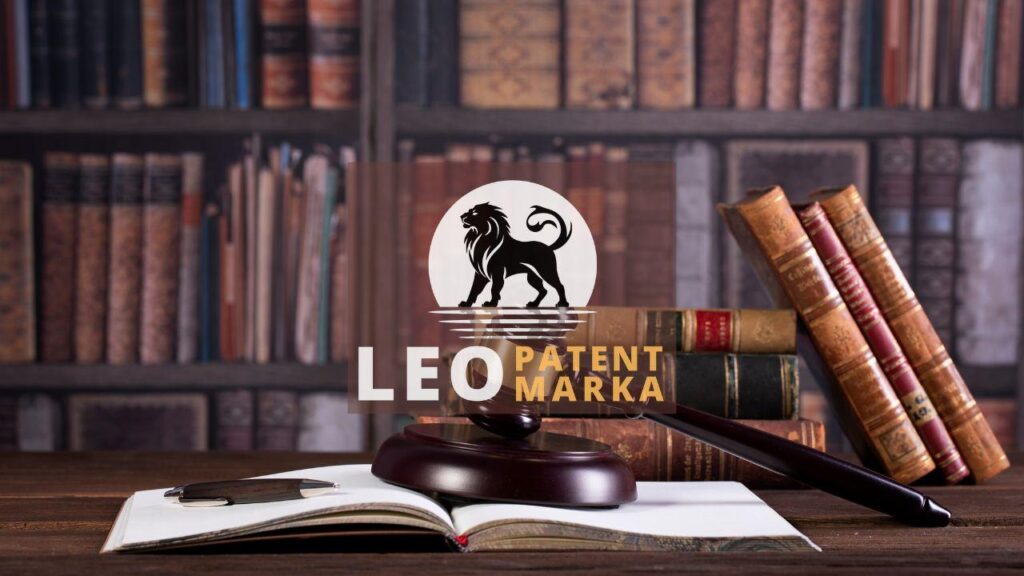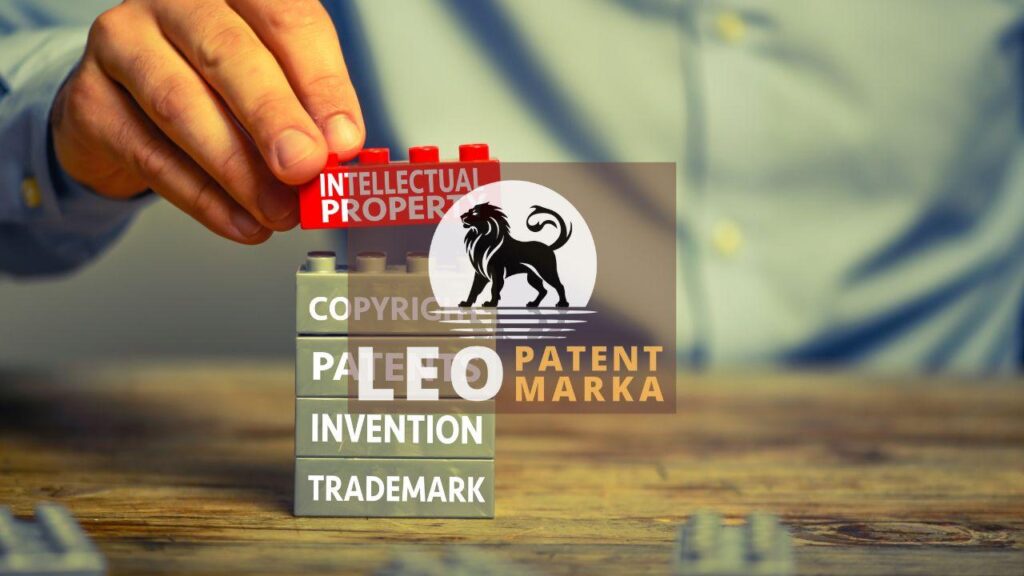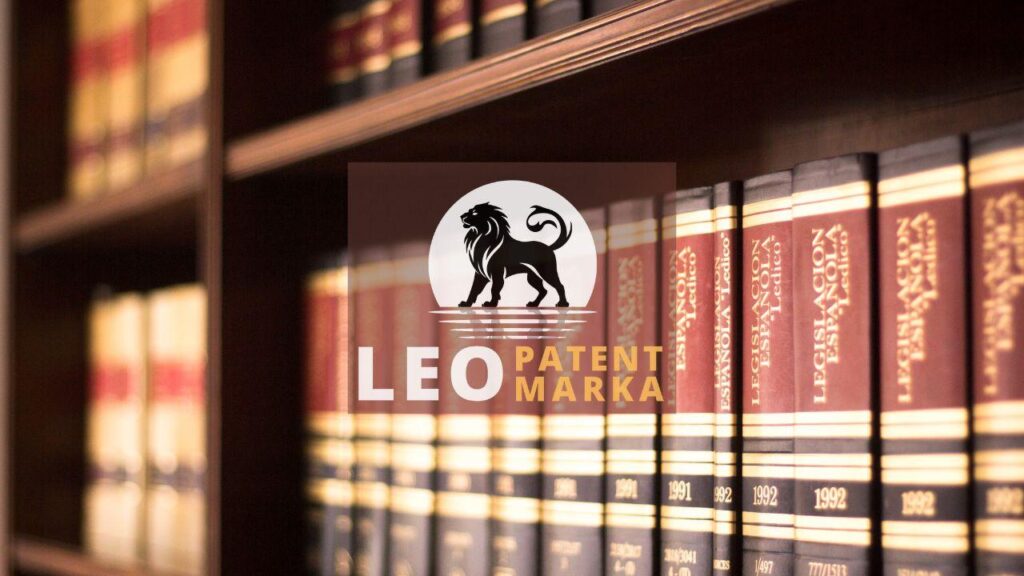The Patent Cooperation Treaty (PCT) is crucial for innovators seeking patent protection worldwide. It simplifies the international patent journey, allowing inventors to file a single PCT application to potentially protect their invention across over 150 countries. Imagine casting a wide net rather than throwing individual lines. This streamlined patent filing process not only saves time but also reduces costs, making it an attractive option for businesses and inventors alike. Beyond its convenience, the PCT application process provides a flexible timeline, giving applicants more breathing room to refine their strategic patent decisions. One might call it a passport for protecting novel ideas, offering a straightforward pathway through the intricate maze of international patents. The PCT benefits are numerous—chief among them, the extended window to validate patents in different jurisdictions without duplicating efforts. With the Patent Cooperation Treaty, inventors gain a critical edge in securing and expanding their intellectual property rights globally.
Understanding the Fundamentals of the Patent Cooperation Treaty
The Patent Cooperation Treaty is the backbone of international patent protection. At its core, the PCT application process simplifies reaching global markets with a single unified patent filing. Rather than juggling individual applications in numerous countries, you file once and present your groundbreaking idea to the world. This method not only streamlines the procedure but also cuts down on excessive paperwork, saving both time and resources. With the PCT, you’re in the driver’s seat, steering through the complex terrain of international patents with greater ease. Furthermore, the PCT benefits notably extend to offering a secured timeframe, allowing you to hone patent strategies effectively. It’s akin to putting a universal key in your hands, unlocking doors across the globe. So, if your aim is to protect and assert your invention worldwide, understanding these fundamentals is your first step through the PCT’s gateway.
The Patent Cooperation Treaty redefines how we navigate international patent filing. Understanding its core is crucial. By utilizing the PCT application process, inventors set forth their ideas on a broader stage, a bit like casting a net across global shores. This approach not only centralizes your efforts but also grants time to refine patent details. Picture it as a chess game, where strategy is key—having that extra time lends a crucial advantage. Moreover, the PCT benefits include an organized international patent framework, allowing for a structured path to global protection. Bridging gaps, the PCT acts as a universal gateway, simplifying what once seemed an overwhelming task. Therefore, mastering the basics of the Patent Cooperation Treaty empowers innovators to confidently take their inventions to a world stage, solidifying their place in the competitive market.
Understanding the fundamentals of the Patent Cooperation Treaty is like finding a roadmap in a foreign city. It offers a straightforward route through the often tangled web of international patent filing. With the PCT application process, you gain a tactical advantage, as it aligns the timelines and requirements across multiple countries. This unification transforms what was once a daunting paperwork avalanche into a manageable task. Moreover, the Treaty bestows flexibility, allowing inventors to delay major financial commitments while they perfect their innovations. Imagine holding a valuable ticket that ensures your spot in a global arena without the immediate rush. The PCT benefits extend to offering a structured approach to patent filing, making it a cornerstone for strategic planning. By grasping these core aspects, you place yourself on solid ground, ready to protect your creations worldwide with confidence and precision.
The Benefits of the PCT for Global Patent Protection
The Patent Cooperation Treaty offers substantial advantages for those delving into international patent landscapes. The PCT application process stands out, acting as a linchpin for innovators aiming for global market reach. By unifying the initial steps of patent filing, it simplifies complexities—like having a universal translator at a diplomatic summit. This unified approach means inventors can focus on advancing their creations, rather than juggling varied patent office demands. Moreover, the PCT benefits extend to providing a longer timeline to determine target markets. It’s like having an extended layover at a hub where you can comfortably choose your next destination without the rush. With the Treaty, the path to securing patent rights is smoother, more efficient, and potentially game-changing. Thus, embracing this treaty means not just saving resources but also strategically positioning innovations for success on a global scale.
The PCT benefits are undeniable when exploring global patent protection, much like finding a compass in uncharted territory. The PCT application process allows inventors to simplify patent filing, transforming the international patent scene from a daunting task into a strategic opportunity. By using a single PCT application, innovators can navigate multiple jurisdictions with greater ease. Think of it as having a master key that opens many doors. This not only streamlines administrative tasks but also mitigates the risk of missing deadlines in various patent offices. Furthermore, the international patent community appreciates the Treaty’s capacity to reduce the immediate financial burden and provide enhanced flexibility. With an extended decision period, inventors can strategically select the most promising markets for their innovations. Thus, leveraging the Patent Cooperation Treaty becomes a crucial tactic for maximizing both reach and impact in the world of intellectual property.
The Patent Cooperation Treaty serves as a vital lifeline for securing worldwide patent protection. It wraps the complexities of patent filing into a single PCT application process, much like bundling your essentials in one carry-on for a global tour. This streamlined approach to international patent efforts not only amplifies the range of PCT benefits but also exemplifies efficiency in action. Imagine being able to play an intricate game of chess where the setup is reduced to one powerful move—the PCT application is that move. Inventors can tackle the maze of legal procedures with ease while encountering fewer obstacles. Additionally, the fiscal prudence observed with the Treaty means resources are better allocated towards innovation rather than red tape. Therefore, embracing the Patent Cooperation Treaty equates to wielding a significant advantage in the competitive arena of global intellectual property rights.
Navigating the PCT Application Process: A Comprehensive Guide
Navigating the PCT application process might initially seem like deciphering an intricate map, but understanding it can greatly simplify your international patent journey. The beauty of the Patent Cooperation Treaty lies in its unified patent filing system, which streamlines the entire procedure. Unlike traditional methods requiring separate applications in each country, the PCT offers inventors a cohesive approach to securing protection in multiple regions. This method significantly reduces the complexity and redundancy often associated with international patent endeavors. Picture it as having a universal key rather than needing dozens of separate ones. While the process involves specific steps and timelines, its core advantage is the strategic flexibility it offers inventors, making the global patent landscape more accessible and manageable. With the array of PCT benefits, inventors can confidently advance, knowing they are effectively safeguarding their innovations in the most efficient way possible.
Mastering the PCT application process is like learning to dance a new routine—it might appear complex at first, but with each step, it becomes more intuitive. First, draft a robust international patent application that aligns with PCT guidelines. This involves detailing the invention clearly and comprehensively. Precise documentation often sets the stage for smooth sailing. Once this initial step is completed, the application enters the international phase, where it undergoes a formal examination. This stage acts as the foundation upon which the success of the patent filing rests. Following this, applicants receive an international search report providing valuable insights into the potential success of their invention. It’s a bit like getting early feedback in a competition. Finally, the transition into the national phase allows for patent validation in chosen countries, effectively utilizing the PCT benefits to expand intellectual property protection. Insightful preparation ensures inventors are well-equipped for international success.
Transitioning through the PCT application process is like embarking on an adventurous voyage with a well-charted course. Start by preparing for the international search, a critical step that sheds light on existing inventions and ensures your idea remains unique in the international patent arena. It’s like peering through a telescope to spot potential obstacles ahead. After receiving the search report, use it strategically to tailor your approach moving forward. Engaging in this phase allows you to address potential pitfalls and make informed decisions about the patent filing journey. With each stage, the PCT benefits unfold, offering inventors renewed confidence and clarity. As you set sights on the national phase, you’re not just filling forms but crafting a symphony of protection across borders. Trust the process—it’s your lighthouse guiding the way through the often tumultuous seas of international intellectual property.
Disclaimer: This article is for general information purposes only and it is recommended that you consult experts and companies in that field to evaluate your specific situation. We are not responsible for any damage that may arise from the use of the information in this article.







